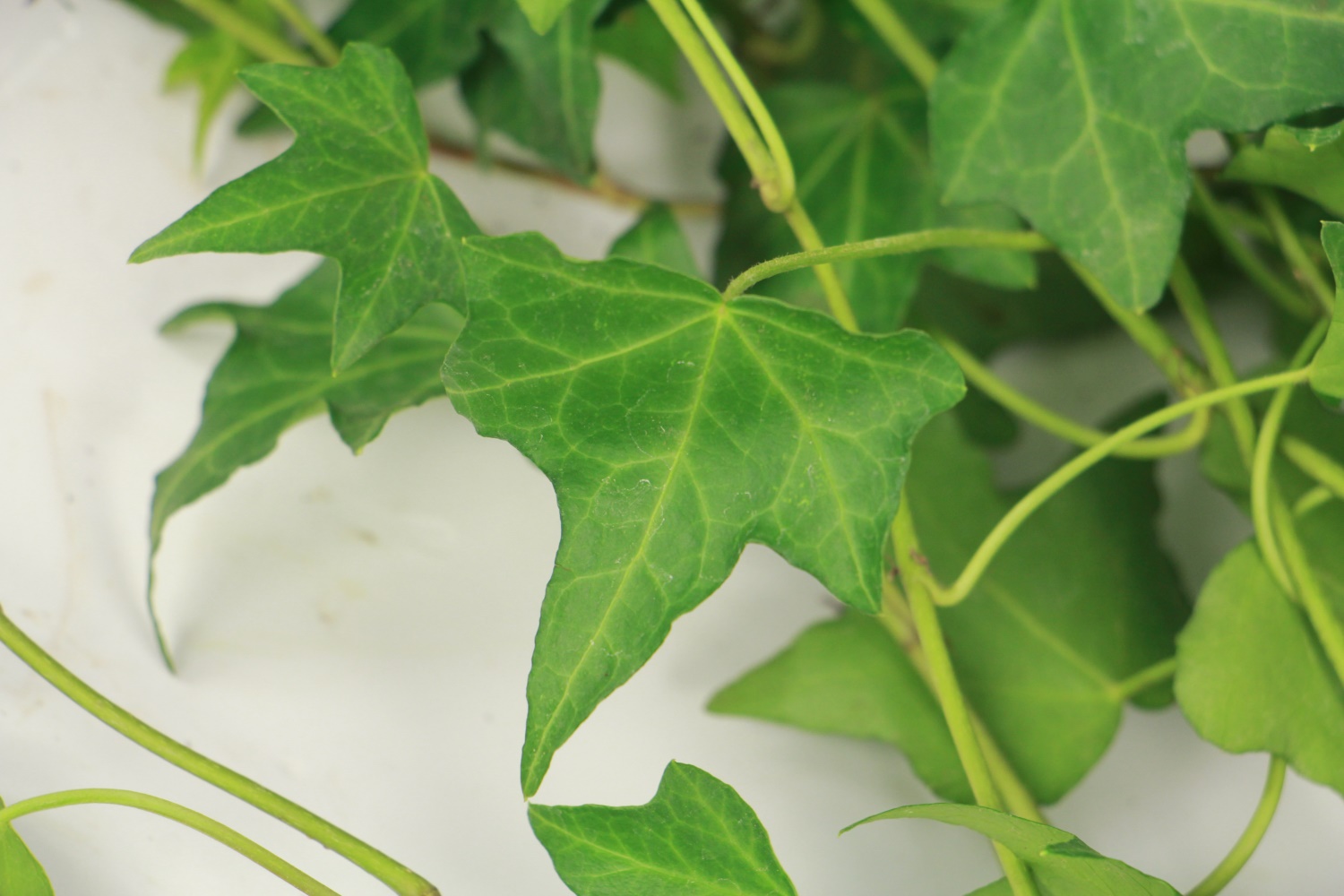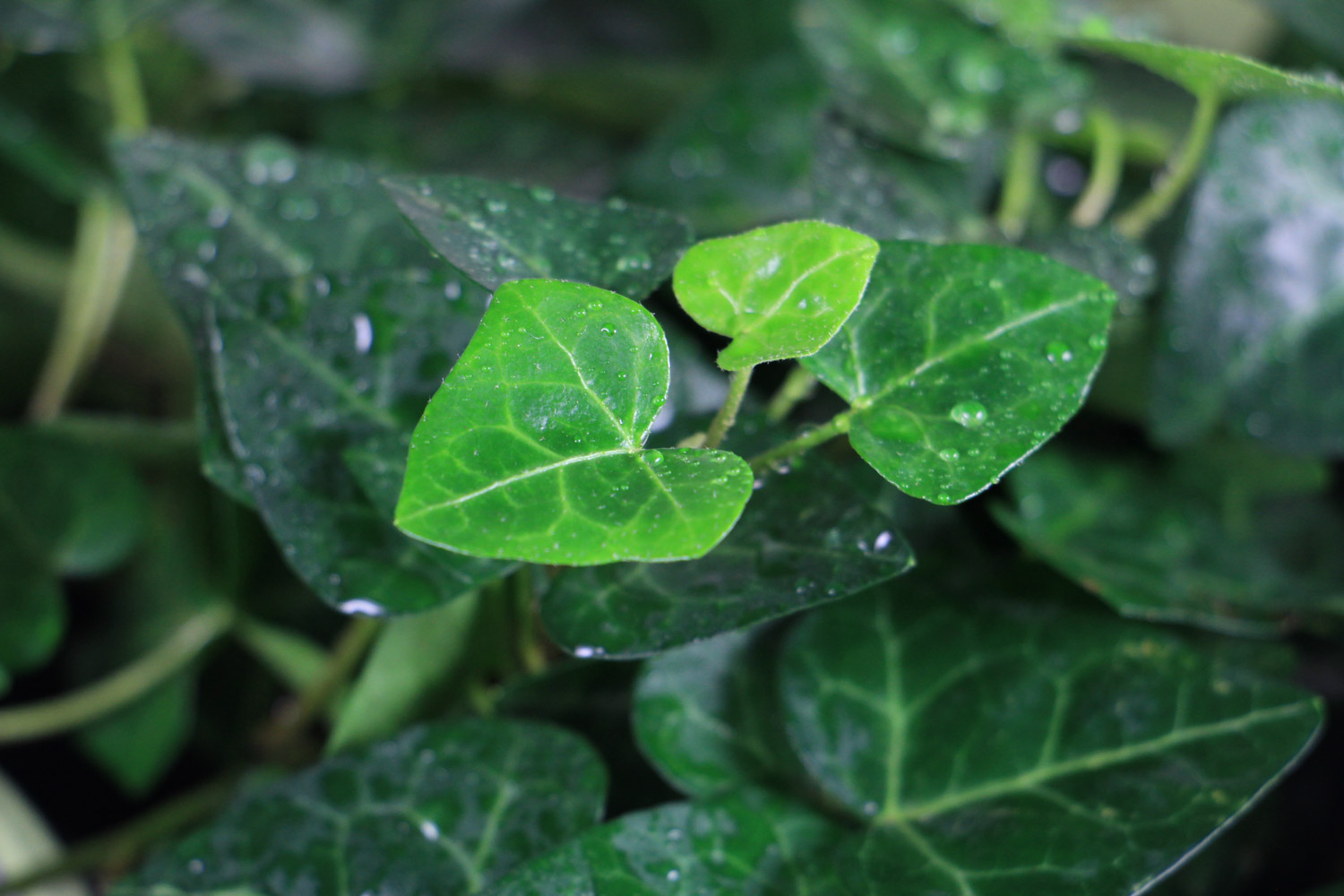1、 Breeding environment
1. Soil: use ordinary culture soil, and ensure that the basin soil is wet
2. Watering: Ivy likes to be wet. It is necessary to always ensure that the soil is in a wet state. In spring and summer, water can be sprayed on or around the leaves to increase air humidity. In autumn and winter, the amount of watering should be reduced. In winter, it is best to keep the soil dry
3. Light: the breeding Ivy must have sufficient light. If it is cultured indoors, it's best to put it in the south window, which can better accept the sunlight, so that it can grow faster and its leaf color will be more bright, but it can't be exposed to strong light
4. Temperature: the temperature suitable for its growth is 18-20 ℃. It has good cold resistance. Even 0-5 ℃ will not be harmed. Generally, it is best above 10 ℃. If the temperature is higher than 35 ℃, it will stop growing and the leaves will turn yellow

2、 Breeding method
1. Cutting propagation: cutting can be carried out in the environment with appropriate temperature. Cut about 10cm stems and vines, insert them into 1 / 3 of the length of the soil, and then pour water through them. Cover them with a film and put them in a cool place. After rooting, plant them in separate pots and pour water through them
2. Layering: flatten it and cover it with some wet sand section by section. Soon, new roots can be observed, and then cut off one section by one, and then they can be planted into plants

3、 Common diseases and insect pests
1. Leaf spot disease: it will cause the leaves to dry up or even fall off. When the diseased leaves are found, they should be removed and burned in time to avoid increasing the source of infection. Ventilation and light transmission should be strengthened. At the same time, it should be sprayed with 40% spray g wettable powder 800 times
2. Scale insects: it will cause the leaves to turn yellow or dry. If the area is small, it can be cleared manually. If the area is large, it can be sprayed with chemicals


 how many times do yo...
how many times do yo... how many planted tre...
how many planted tre... how many pine trees ...
how many pine trees ... how many pecan trees...
how many pecan trees... how many plants comp...
how many plants comp... how many plants can ...
how many plants can ... how many plants and ...
how many plants and ... how many pepper plan...
how many pepper plan...





























